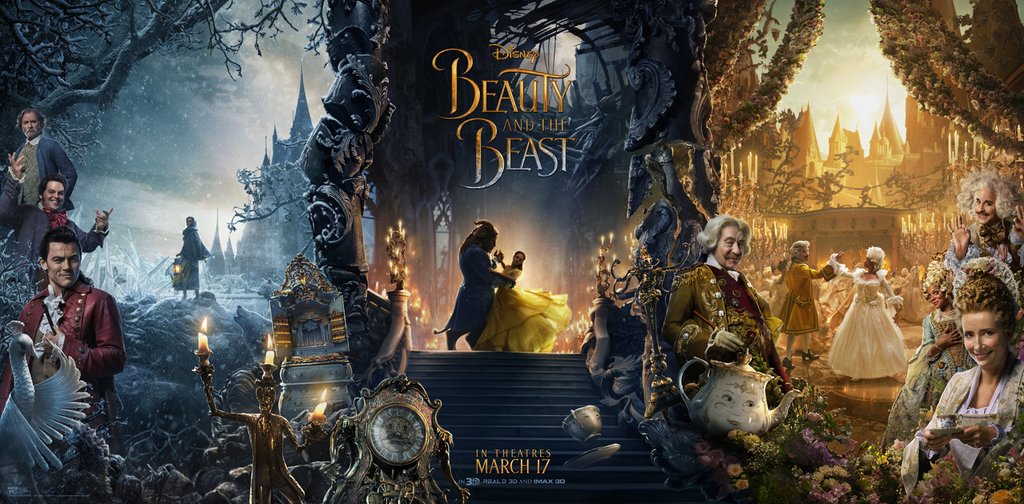White balance in photography can be a tricky concept to grasp on its own, but adding and mixing different colors complicates things even more.
After stepping out of Beauty and The Beast I felt inspired to start mixing some light due to the constant battle/marriage between CTO & CTB. The fear that most have when attempting this technique lies in the inability to keep skin tones neutral – so what is the solution?
Understanding white balance & color temperature
Before jumping into the inspiration, watch this quick Lighting 101 video to get a primer on the key points of understanding how to manipulate in-camera white balance to help save you time in post-production and to get you to start thinking creatively.
in-camera white balance & color theory
The scenes consistently portray strong color theory – a mix of mood as blue light streams through the castle windows but ambient candle light and chandeliers illuminate the interiors. We can easily replicate this look with off-camera flashes, CTO & CTB gels, and an in-camera white balance change in custom color temperature. Remember, the higher the number, the warmer/more orange the image will appear.
We first get a glimpse of this from the teaser poster which you can see below, and notice how the font fades into a blue towards the bottom right edge. The light in the movie is used to depict the struggle between good and evil as Belle enters the castle and, quite literally, warms it up. Her famous yellow ball gown is a symbol of that warmth, while the Beast stays in cooler blue attire through the entirety of the movie (sorry for that spoiler).

The room that holds the rose is actually the scene where I first noticed the prominent color theory theme. Once the subjects entered the cooler area, the camera used the orange ambient light in the background to add production value to the scene instead of just keeping them in one light. This helps depict mood, story, and tone to the viewer. We actually discuss the very same technique in Photographing the Groom when discussing the horrible lighting we are faced with in hotel rooms.
[REWIND: white balance vs. color correction]


Color theory is all very typical of Hollywood movie sets; gelling to appear as though it’s nighttime with CTB (color temperature blue) gels, all while keeping skin tones neutral with CTO (color temperature orange) gels. And it’s evident in the ballroom scene as the Beast spins bell and we see a glorious mixture of orange and blue in the background, yet Belle’s skin tone is magically neutral. Well, sorry to break it to you, but there was no spell cast on that skin, that’s just light, aimed and placed purposefully to balance out and compliment the colors in the room.

balancing mixed light in lightroom
Getting it right in camera is generally the way you want to go, but giving the image a bit of attention in post can take it one step further. See how we balance mixed light in this quick Lightroom tutorial to rid your fear of trying out something like this on your next shoot!
Need more tips on in-camera white balance? Check out Lighting 101 for the perfect crash course on how to achieve the perfect lighting settings, no matter the circumstances. Stream it now in SLRL Premium – be our guest!













